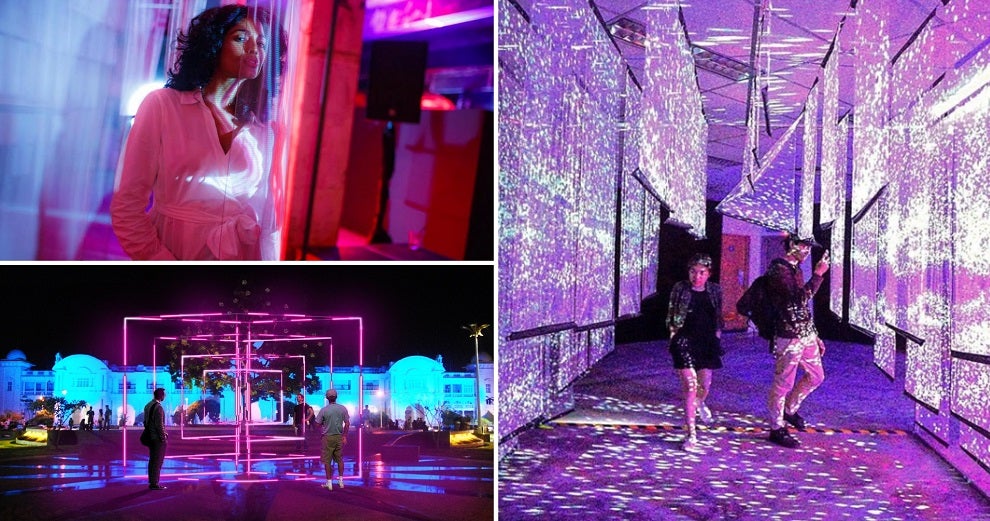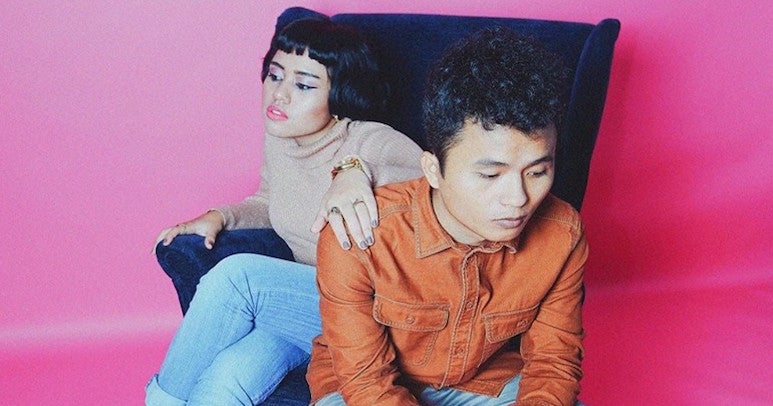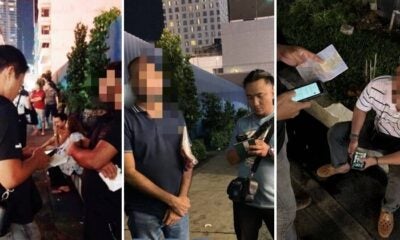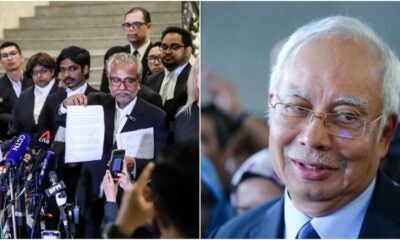Millennials are a pretty unique generation. After all, we’ve lived through many incarnations and evolutions of modern technology in such a short space of time. It’s no secret that technology is now getting increasingly incorporated into every aspect of our lives, and art is certainly no exception.
The worlds of art and technology have seamlessly merged over recent years as artists have found even more innovative ways to make their work more interactive and accessible. Visual art has evolved from something, well, simply visual, to a holistic experience, and Urbanscapes is definitely a celebration of that. With this year’s theme being #REIMAGINEKL, Malaysians can hopefully be inspired to look at KL in a whole new light, with the help of our local artists.
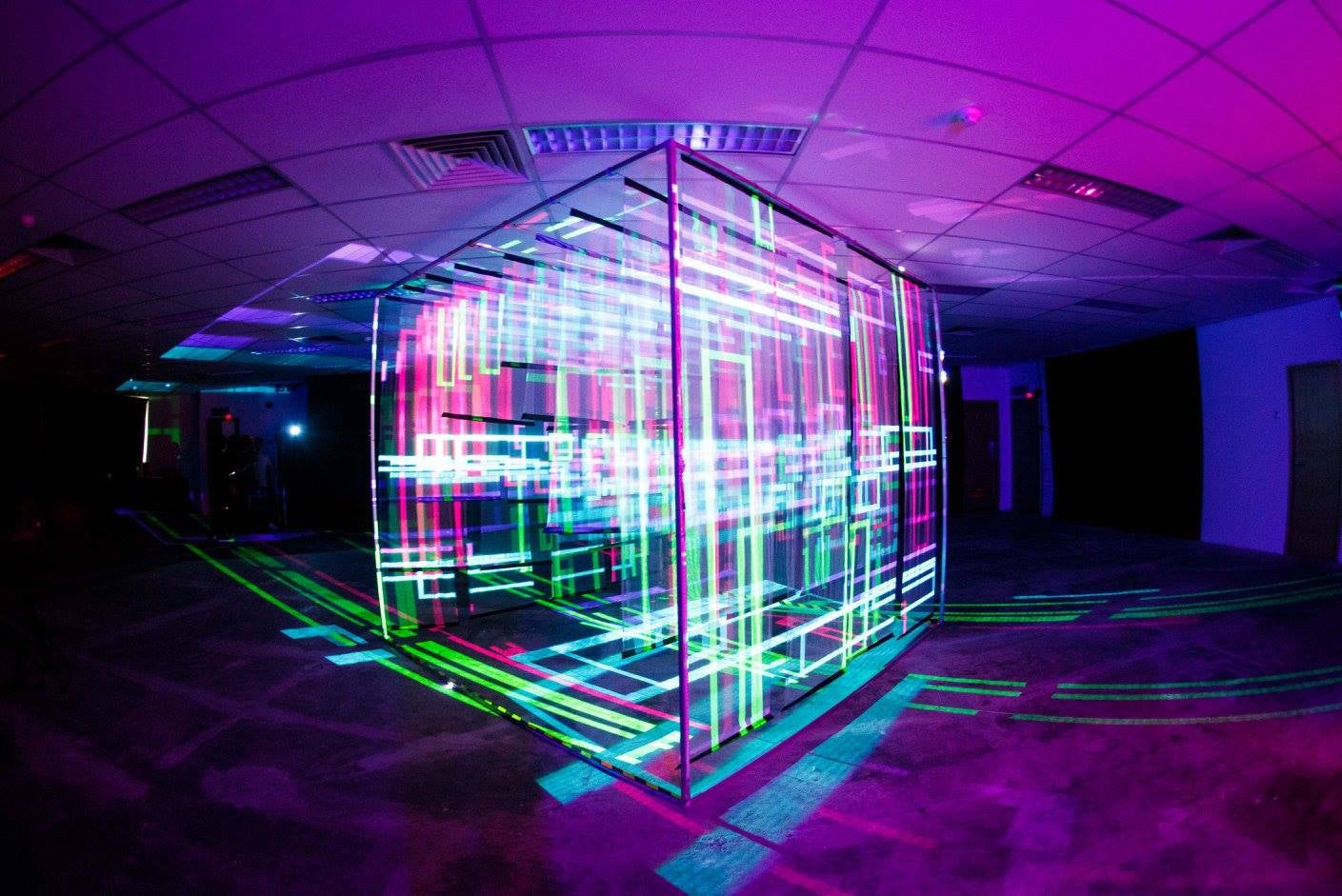
Source: Urbanscapes
Filamen, a local art collective, is curating this year’s exhibition, Immersio 2.0 held in the Urbanscapes House from 3rd to 8th November. We spoke to Filamen’s co-founder, Fariz Hanapiah to get a sense of their work, what to expect from their exhibit, and the future of Malaysia’s arts scene. Here’s what he had to say.
How do you define yourselves? Who makes up Filamen?
Fariz: Filamen is made up of Abdul Shakir, the founder; and co-founders Nadhir Nozi and myself, Fariz Hanapiah. We are an audio-visual collective – and really, what this means is that we act as a platform for emerging artists working within digital media, and artists who seek to navigate the confluence of art, design, and technology.
The penetration of new media into contemporary art practices is an ongoing process. It is almost as difficult to define new media art as it is to define art, but we are passionate about incorporating and using new media technologies into the arts.
What is the origin story of Filamen? How did you get started?
Fariz: The idea behind Filamen was to create a platform where people could come together, connect and collaborate, and also work together whenever the opportunity arises.
The name came up during one of our projects – you see, we work on light shows and projection mapping a lot, and one of the main elements that consistently ties back to our work is light. The source of light for our projects mostly come from the bulb, or to be more specific the filament, thus how the name Filamen came about.
When we began, we realised the need to drive more usage of technology into the creation of arts in Malaysia. New media and technology were only just starting to emerge within the field of contemporary art.
At the time, we were travelling to lots of other events and light festivals overseas and we noticed a missing ingredient in our arts movement back home – where art meets new media and technology. That’s how we started Filamen.
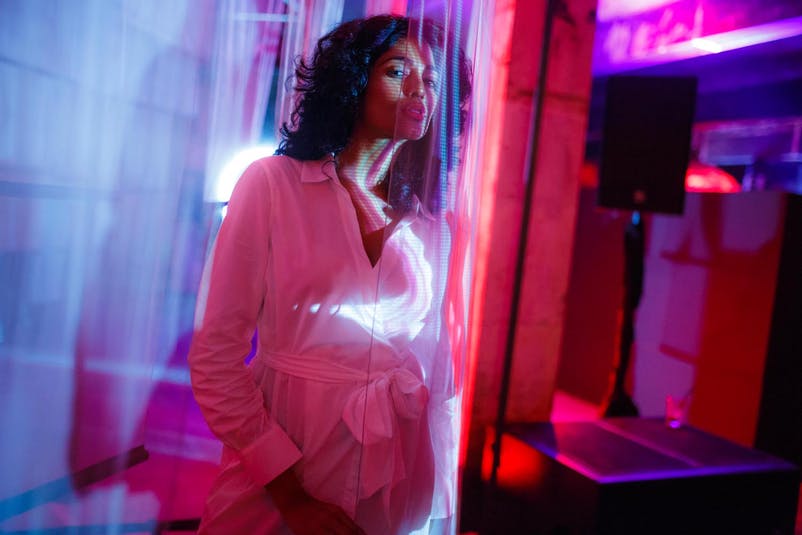
Source: Urbanscapes
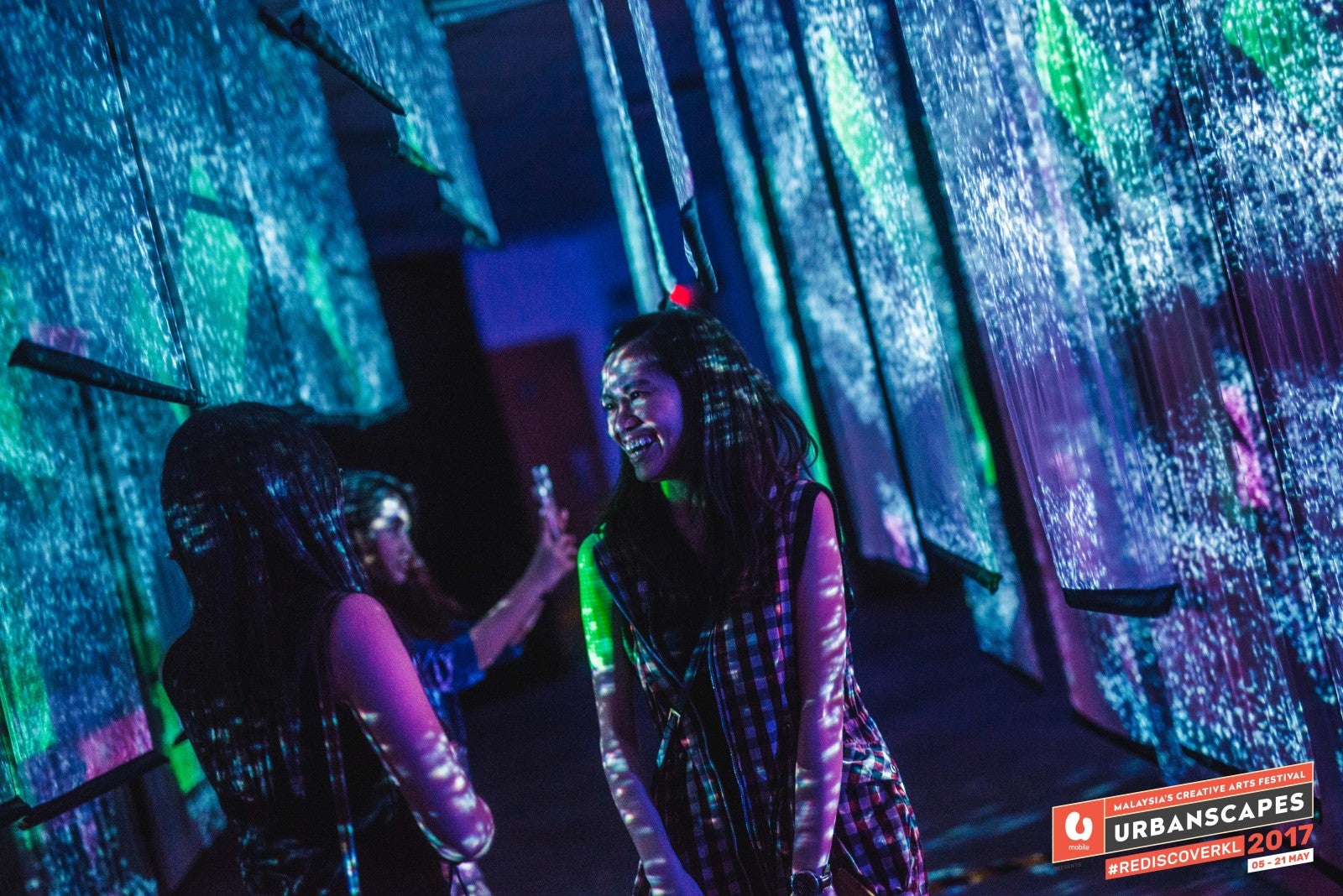
Source: Urbanscapes
Who or what inspires your work?
Fariz: Local artists, for sure. We don’t do things alone here (we don’t intend to or want to) and we believe in collaborations. What inspires us is learning from other artists, how they conceptualise, how they execute.
What has been your proudest moment so far?
Fariz: One of our proudest moments would be throughout Urbanscapes 2017 – Immersio at Urbanscapes House for Urbanscapes 2017 was our first, major public installation, and it was also one of the most ‘Grammed (Instagrammed) installations throughout the festival.
We exhibited an interactive light installation on the first floor of Urbanscapes House, exploring the layers that exist between light; as we know, light travels from one place to another, but we don’t always see what happens in between.
The way that people reacted to that installation, and how they perceived and understood it was beyond what we designed. It touched us as artists, to see how people were relating to our work.
What can we expect from Immersio 2.0? How is it different from last year’s installation?
Fariz: Last year at Urbanscapes, together with Paras Bunyi, we were the main curators of Immersio – the audio-visual installation at Urbanscapes House. For the festival this November, we’re returning with Immersio 2.0, featuring EEE Lab, Sofia Haron, and Syed Muhammad.
This time around, our role is to curate and collaborate with the artists involved; designing the exhibition’s experience; as well as being responsible for the technical setup of Sofia’s Disco Ball installation (which is ’60s- and ’70s-inspired by the disco heydays of Kuala Lumpur).
What is the experience you hope people will get from your Immersio 2.0 exhibit?
Fariz: We hope for people to #REIMAGINEKL – which is this year’s Urbanscapes theme, as also the connecting thread for most of the works.
We hope for people to engage with the message we intend to communicate, which is that Kuala Lumpur is diverse and rich, though sometimes we don’t realise it.
We hope that this installation might trigger questions and realisations toward the “hows” and the “what ifs”.
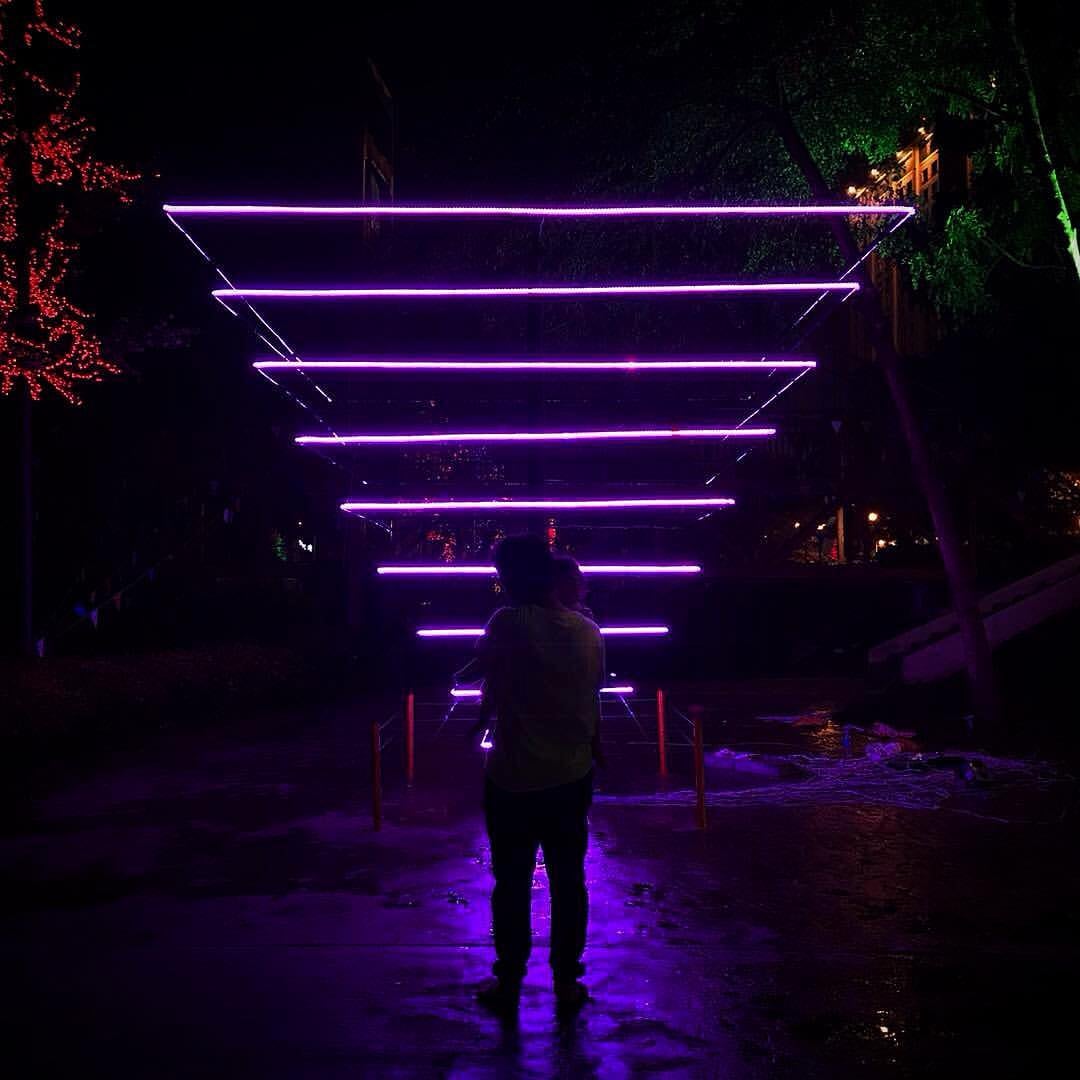
Source: Urbanscapes
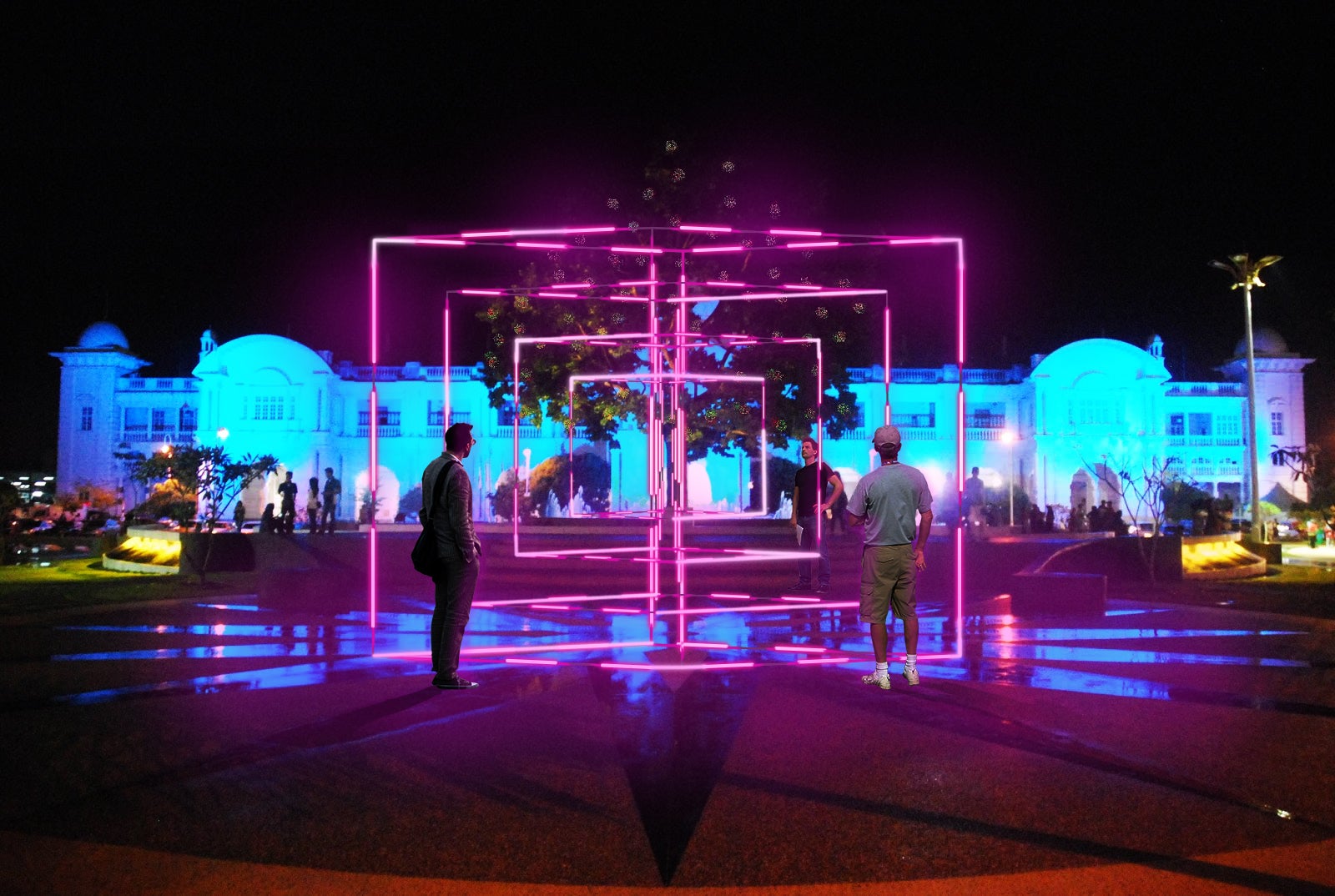
Source: Urbanscapes
Do you notice a difference in generations in the way they interact with your exhibits?
Fariz: Most definitely. In the age of social media, everyone comes in with their phones. As artists, it’s about balancing the purpose of the artworks; while we love people taking photos of the artwork, we would also love it if they could pause, and take a break, and experience with their eyes and their senses.
How do you think your work reflects the current cultural climate in Malaysia?
Fariz: We would say that collaborating with local artists is akin to mixing in local ingredients into one big ‘kuali‘ of artworks. There’s no one definition of how local the works are, but we’d say it’s a mix of execution based on one’s experiences from one’s local environment.
What are your hopes for the future of Malaysia’s art scene?
Fariz: New media art still has to be more conceptually and theoretically developed; artistic practices are faster in that field these days, and what’s also on the rise are festivals dedicated to this form of arts, Urbanscapes not exempted.
For Malaysia, we hope that artists will be open to introducing more new media and technology into their artwork, we hope that the audience is open to the consumption of arts beyond traditional mediums, we hope for more collaborations between artists, and also between artists and audience.
At its core, the best part about producing these works is having everyday people being able to experience it, and interact with it, making it inclusive. Art should be for everyone.
If you’re interested to check out the incredible work curated by Filamen (featuring works by Filamen, Cervello, EEE Lab, Syed Muhammad, and Sofia Haron) at Immersio 2.0 this year, here’s where you can find them:
Event: Immersio 2.0 by Filamen
Date: 3 – 18 November 2018
Time: 10am – 10pm (Closed on Mondays)
Venue: Urbanscapes House – Basement
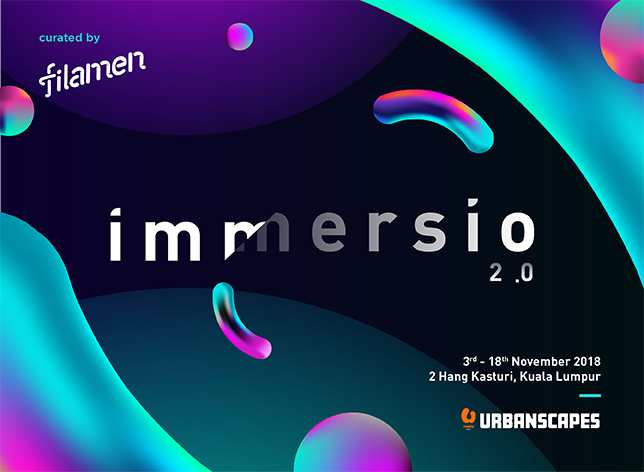
Source: Urbanscapes 2018
Also read: This Local Experimental Band is the Future of the Malaysian Music Industry

